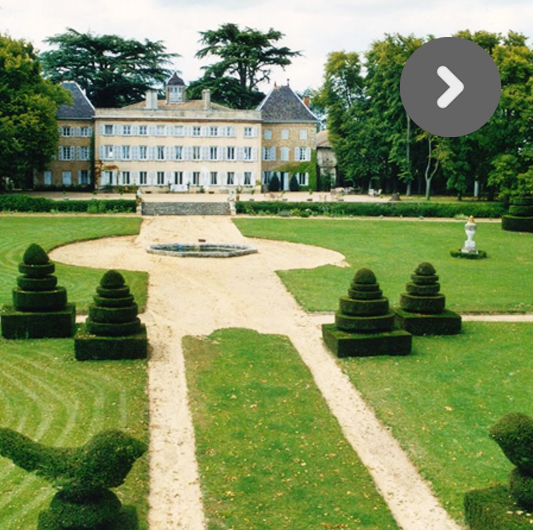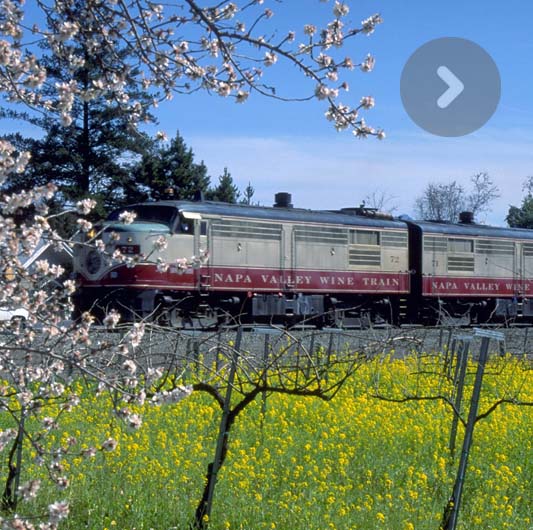LANGUEDOC : LAND AND HISTORY
Between the Rhone Valley and the Pyrenees foothills, the vineyards of Languedoc-Roussillon offer 19 varieties of vines, 18 vintages and almost 250,000 hectares of vineyards.
The largest viticultural domain whose roots are anchored in history as well as various areas, produce wines that are differentiated. Their structured and full-blown character reveals aromas of the garigue and of the spray brought by the Mediterranean wind.
Occitania from the Neolithic Age to today
History of the vineyard in Languedoc harks back to the 5th Century B.C., to the time of the Greeks and the Etruscans. Greek geographer Strabon describes the Narbonne landscape of vines and olive trees. Wine civilization develops at the Roman and Gallo-Roman era; it continues with the Visigoths. As of the Middle Ages, viticulture and winemaking develop in Occitania within the religious communities of monasteries and abbeys.
Drift with the current
Via Domitia, the ancient “Southern” road of the Romans linking Rome to Spain traverses works of art like the city of Nîmes and the Gard bridge, today listed as a World Heritage Site in Unesco’s World Patrimony. The Via opens up a commercialization favorable to the wine industry. Later, the Camino de Santiago facilitated the circulation of the regional beverage transported and consumed by the pilgrims. The Canal du Midi built under Louis 14th as the channel between two seas, linking the Atlantic Ocean to the Mediterranean, gave further impulse to the wine industry.
The navigable waterway allowed the regional wines from Occitania to be known and sold.
From the 18th century to the end of the 19th, wine was plentiful. Table wine quenched the thirst of peasants, workmen and soldiers throughout France.
From Table Wine to AOP
Quality surpasses quantity! As of the 80s, Languedoc readapts its native soil and restructures its vineyards. Typical Mediterranean varieties have preference, others are optimized. The efforts prove successful. Each year during the last thirty years, the Languedoc vineyard evolves and improves. The viticulturist turned into an “inventor” of wines.
The regional AOP Languedoc vintage was recognized in 2007. Today, its reputation reaches beyond its borders. Languedoc wines are exported to China and the United States; Japan beckons.
The IGP (Indication Géographique Protégée) country wines represent almost 25 vintages, 49 red and white varieties; they may be the object of mono variety or varietal, 7 only are authorized for blending. Vins de Pays d’Oc Languedoc-Roussillon; the label should mention “Vin de Pays” followed by the name of the department. Regulations forbid the use of the terms “Château” or “Clos” reserved for the AOPs.
Of Oc and Soils.
Corbières, Fitou, Faugères, Saint-Chinian, Minervois, Limoux … Vintages that go from the Gard to the Hérault, from Pic Saint Loup to the Terrasses du Larzac passing through the Corbières, from the ponds of Camargue to Minervoix … The wide diversity of soils allows for a large palette of IGP and AOP wines. Natural sweet wines like Rivesaltes and Muscats, Maury and Banyuls of Roussillon are being rediscoved for our greatest pleasure: their future is assured.
Grenache, Mourvèdre and Syrah are star varieties, followed reds: Crignan, Cabernet Sauvignon, Cinsault and Chardonnay, Chenin, Clairette, Bourboulenc or the white Piquepoul that originated in the south and gave its name to an AOP, Côteaux du Languedoc.
In a climate ideal for vineyards, small rounded stones, terraces, sandstone and marl, schists, conglomerates, sandstones, structure the vine. There is an infinite variety of soils, allowing blendings at two levels, that of varieties combined with soil variety. Knowledge of soil and variety provides information on the taste and character of the wine “to come”, to be discovered.
ROUSSILLON: LAND AND HISTORY
The Aude vintages stretch along the sea, between Narbonne and Carcassonne in Cathar country and Cucugnan to the south
The Cabardès AOP dominates the city of Carcassonne. Corbières starts from the gates of Carcassonne towards a quadrilateral including Carcassonne, Narbonne, Perpignan and Quillan. Botenac, designated as a vintage since 2005, stretches from north to south along 10 communes between Lezignan Corbières and Thézan Corbières.
AOP Languedoc La Clape, a new vintage dating from 2007, replaces that of Côteaux du Languedoc. It stretches along the coast of the Spanish border to Nîmes. The Fitou, red exclusively, is found in 9 communes south of Languedoc. The Malepère AOP, the westernmost of the Languedoc vintages, skirts the Canal du Midi and the Aude. Finally, the Limoux AOP: Blanquette and ancestral method, is a very homogeneous vintage area located around Limoux that stretches to 41 communes AOP Minervois, AOP Minervois la Livinière.
The Roussillon goes fishing.
Unfortunately, the Tautavel man never knew the sweetness of Maury wines that make heart and mind rejoice. The vines are not very far. On Catalan soil, the sweet Roussillon wines fan out between Mont Canigou and the “water’s edge”. The vineyards take root between the warm stones and are cooled by the local tramontagne wind.
In the Eastern Pyrénées, the Roussillon, reputed for the cultivation of peaches and apricots, produces quiet, dry wines, and natural sweet wines. The area counts 14 AOP and 3 IGP issued from 23 different varieties. In the Collioure and Côtes du Roussillon in the three colors, to which must be added the red Côtes du Roussillon les Aspres, Côtes du Roussillon Villages, red and dry Maury – a nec plus ultra.
Natural sweet wines contribute to the reputation of Roussillon. Maury, Banyuls and Rivesaltes share the vintage.
A Catalan look.
The Templars who settled in Catalonia to fight the Moors in the 12th century may be the originators of sweet wines. Armand de Villeneuve, theologian, alchemist and doctor records the secrets of manufacture in the 13th century in Montpellier. The principle is codified as early as 1299 in Perpignan by Jacques II. When Northern Catalonia –the present Roussillon -was annexed to the kingdom of France in 1659 by the Treaty of the Pyrénées, the court of Versailles continued to commpare Roussillon wines to Spanish wines.
The academician Dominique Fernandez who owns a small holding near Perpignan, favors the Rivesaltes moscatel, the “Christmas moscatel” to be savored like golden fruit with a taste of sunshine.
WHO IS WHO
Both Jean Nicot and actor Jean-Louis Trintignan were born in Uzès. André Gide used to spend holidays at his grandmother’s in Uzès.
Chabrol directed the movie “Bel Ami” with the actor Depardieu near the Tour Magne.
Both Alphonse Daudet, author of the Lettres de mon Moulin (Letters from my Mill,) and actress Bernadette Lafont, were born in Nîmes. Writer and poet Guillaume Apollinaire did his military service in Nîmes and wrote “Letters to Lou”. A statue of the torero Nimeno II stands in front of the arena. Lawrence Durrell spent the last years of his life in Sommières. Laurent Blanc, captain of the French football team, was born in Alès.
Jean Vilar who was extremely fond of his native town was buried, like singer George Brassens, in the marine cemetery of Sète. Painter Pierre Soulages lived in Sète and gave some of his paintings to the Musée Fabre in Montpellier. Molière and his company of The Illustre Théatre visited Pézenas. The memory of Bobby Lapointe, another child of the city, remains alive with a festival that bears his name.
Francis 1st and Charles-Quint met in Aigues-Mortes. Lawrence of Arabia visited the town of Saint Louis. Jacques Coeur settled in Languedoc to benefit his commerce with Mediterranean countries. Jean Moulin was born in Béziers like Paul Riquet who built the Canal du Midi. Among actors, Michel Galabru is a native of Erépian; Pierre Richard owns a vineyard in the Roussillon. Charles Trenet, “the mad singer”, was born in Narbonne and retains his place in the center of the world! The Perpignan train station celebrated by Salvador Dali has recovered its former beauty.










